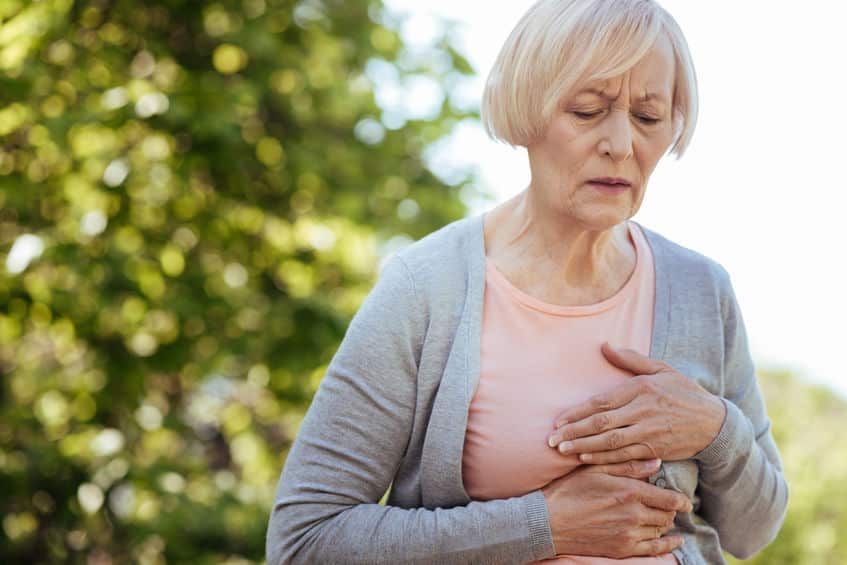By John Salak –
Heart disease, which can cause heart attacks, is the leading cause of death in both men and women. Unfortunately for women, that’s where a lot of the similarities between the sexes on this issue end.
A recent study out of New York University’s Langone Health facility revealed that women between 18 and 55 who visited emergency rooms with chest pains received less urgent medical care than male counterparts of the same age.
The report, based on data from 29 million emergency room visits in the U.S., found that women were triaged less urgently, waited longer in general to be seen by medical personnel and were less likely to undergo basic testing, be hospitalized or admitted for observation to diagnose a heart attack.
This treatment pattern has emerged as heart disease is becoming more common in younger women. Chest discomfort or pain is the most common symptom of a heart attack for both men and women. The study, however, notes that women can have alternative symptoms that might not be immediately recognized as a heart attack, possibly indicating why their treatment is less urgency.
Yet regardless of the alternative symptoms, the three leading indications of a heart attack are identical for men and women, which includes chest pains, sweating and shortness of breath, according to research out of The Netherlands. On the surface, these similarities should prevent any difference in emergency room treatment. Perception, however, plays a role in treatment approaches in part because men are twice as likely to suffer a heart attack than women.
“Heart attack symptoms are often labelled as ‘typical’ in men and ‘atypical’ in women,” reported Dr. Annemarijn de Boer of the University Medical Centre Utrecht, the Netherlands. “But our study shows that while symptoms can differ between the sexes, there are also many similarities.”
Ultimately, “women should trust their instincts,” added Dr. Darcy Banco, the lead author of the Langone Health study. “Women should seek care right away if they experience new chest discomfort, difficulty breathing, nausea, vomiting, fatigue, sweating or back pain, as these could all be signs of a heart attack. The most important thing a woman can do is to seek medical care if she is worried and to ask specific questions of her doctor.”
Beyond this, minutes count when dealing with a possible heart attack, according to both Banco and de Boer. With initial treatment for women lagging men by 10 or minutes 15, along with a seeming reluctance to conduct appropriate testing, means they face a greater risk of dire consequences.
“Time is very important when you’re treating heart attacks,” Banco said. “The longer people wait, the worse their outcomes can be.”
Ultimately, health care providers need to step up, she added. “We are learning that heart attacks take many forms. We need to continue to raise awareness and make sure all patients are diagnosed and treated properly, even if they’re not the ‘classic’ demographic for a heart attack.”













